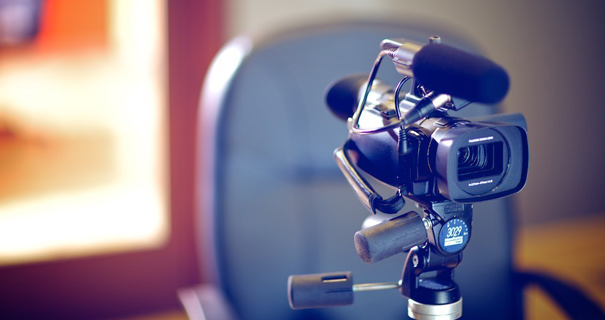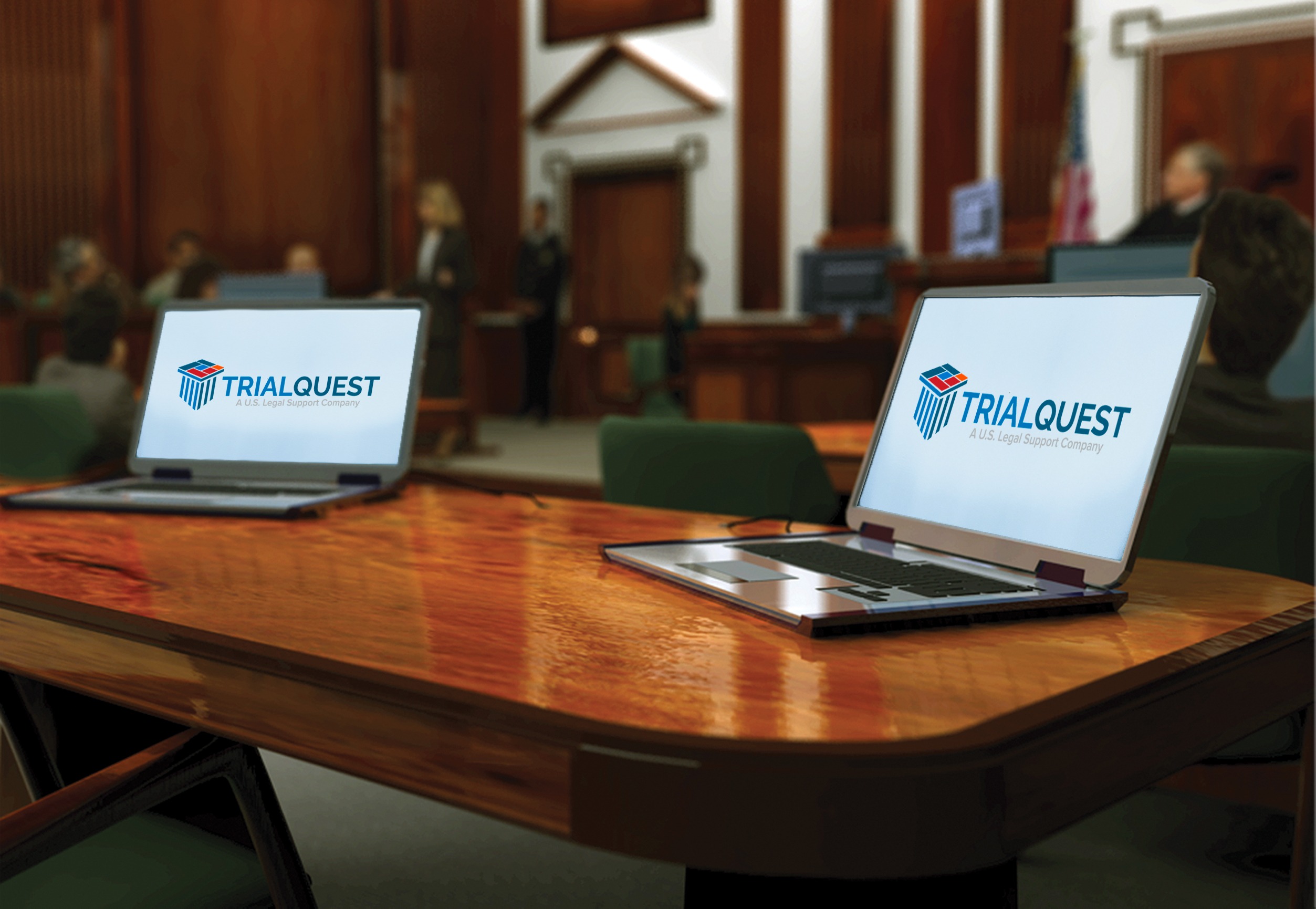Why Trial Presentations Are Vital for Engaging the Jury and Judge's Attention
Why Trial Presentations Are Vital for Engaging the Jury and Judge's Attention
Blog Article
Enhancing Your Legal Approach With Specialist Trial Presentations
In today's lawful landscape, the value of professional test presentations can not be overstated. As lawyers browse the complexities of the court room, the ability to successfully communicate complex disagreements is critical. By transforming thick legal concepts right into appealing stories, practitioners can improve juror comprehension and retention. Integrating multimedia tools and narration methods can create a compelling background that not just educates but additionally reverberates mentally with jurors. Nevertheless, the inquiry remains: what details approaches can lawyers employ to raise their discussions and ultimately influence trial results?
Significance of Trial Presentations
Test presentations work as a crucial component in the lawful procedure, properly linking the gap between complicated lawful debates and juror comprehension. The capability to distill complex legal principles right into accessible narratives is essential for jurors, that need to make enlightened decisions based upon the proof presented. A well-crafted discussion not just clears up the situation however likewise boosts the persuasiveness of the disagreement, eventually influencing the jury's assumption.
In an era where attention spans are limited, the value of engaging visuals and clear communication can not be overstated. Trial presentations serve to capture jurors' passion and maintain their emphasis, allowing for a deeper understanding of the facts and legal concerns handy. In addition, they offer a structured framework that arranges the situation, facilitating rational flow and coherence.

Key Elements of Effective Presentations
An efficient presentation in a court setting rest on several key elements that collectively improve its effect. Leading among these is quality of message. Lawyers have to distill complicated legal debates into concise, easily absorbable indicate make sure jurors understand the core issues. Matching this quality is the usage of a compelling narrative structure. A well-organized presentation, with a clear start, center, and end, guides the audience through the case, making it much more relatable and memorable.
Aesthetic aids play a crucial duty also, as they can significantly strengthen vital messages. Reliable use of displays, graphes, and representations can clarify elaborate details and highlight important realities. Additionally, the presenter's distribution style is crucial; positive, interesting communication cultivates reputation and keeps jurors' attention.
Lastly, understanding the target market is critical. Tailoring the discussion to the jurors' backgrounds and values can cultivate a connection that improves receptiveness to the disagreement. In summary, quality, narrative framework, aesthetic aids, shipment style, and audience awareness are integral to crafting an efficient court discussion that reverberates with jurors and sustains view website the overarching lawful approach.
Innovation in Test Presentations
Modern courts significantly integrate modern technology to improve test presentations, improving the fundamental elements of reliable communication established via clear messaging and appealing stories. The unification of audio-visual aids, such as high-definition go to these guys projectors and interactive displays, enables legal groups to existing evidence in a much more compelling fashion. This modern technology not just captures the court's interest however additionally facilitates a better understanding of intricate details.

Digital devices, consisting of presentation software program and electronic exhibition monitoring systems, enhance the organization and retrieval of evidence (trial presentations). Attorneys can quickly reference records, photos, and videos, making certain that vital info is conveniently available during the trial. Additionally, the use of computer animations and simulations can clearly highlight key ideas, making them simpler for jurors to grasp
Moreover, court room innovation advertises partnership amongst attorneys, allowing real-time adjustments to discussions based upon jury responses or unforeseen developments. The capability to adjust on the fly is critical in keeping engagement and reinforcing debates. As innovation continues to evolve, its function in test presentations will certainly increase, providing cutting-edge means to interact effectively and persuasively in the quest of justice.
Narration Strategies for Impact
Reliable storytelling methods are essential in providing impactful trial discussions, as they transform complicated lawful disagreements into relatable stories. A well-crafted story captivates the target market, making it less complicated for jurors to recognize and remember bottom lines.
To develop an engaging narrative, attorneys should focus on developing a clear structure with a start, center, and end. The beginning must introduce the case context and its value, while the center elaborates on the core issues, weaving forthcoming and witness statements that support the debate. Effectively, the finishing must strengthen the desired message, driving home the preferred outcome.
Additionally, incorporating psychological components can significantly improve the narrative's effect. By humanizing the instance, attorneys can stimulate empathy, permitting jurors to link personally with the truths offered. Using dazzling images and stories can likewise aid in showing complicated themes, making them more substantial and unforgettable.

Tips for Application in Court
Applying storytelling techniques in court needs cautious planning and execution to ensure that the story reverberates with jurors. Begin by recognizing the core message of your instance and straightening it with the psychological and valid components that will certainly engage the court. Produce a clear and engaging narrative arc that includes an introduction, a development of problem, and a resolution.
Use visual aids to enhance storytelling; displays, timelines, and multimedia presentations can assist show complex principles and maintain juror passion. Practice your delivery, making sure that body movement, tone, and pacing are regular with the emotional weight of your story.

Final Thought
To conclude, expert test discussions play a crucial function in enhancing lawful methods by effectively connecting complicated arguments to jurors. The assimilation of visual aids, clear narratives, and psychological storytelling promotes juror involvement and comprehension. By leveraging innovation and adhering to key components of effective discussions, attorneys can significantly enhance the chance of accomplishing beneficial decisions. The implementation of these techniques is vital for modern-day test advocacy, eventually forming the end result of legal process - trial presentations.
Report this page